Translation for COVID 19 – How Linguists Help Fight Against the Virus
CLEAR WORDS
TRANSLATIONS
All News
March 20, 2020 |
Translation for COVID 19 – How Linguists Help Fight Against the Virus
Translators may be solitary professionals who rarely leave their homes for their work, but they’re still affected by COVID-19 in more ways than one. Keep in mind that many talented linguists are working hard in translating medical research and data to ensure a consistent flow of accurate information for healthcare providers and citizens worldwide.
By now, almost all countries and organizations have been affected by the spread of the Coronavirus. From doctors to companies and freelancers, everyone is trying to understand what’s hit the world and what long-term effects we should expect on healthcare systems and the overall economy.
Misinformation Can Cause Damage
Besides the virus itself, we’re forced to combat a second challenge. We have to find correct data buried in massive amounts of inaccurate information that spreads across social media faster than the virus itself.
In times like these, relying on official channels is the smart way to limit panic. However, that’s not an easy task, with so many sources of information popping up every time you turn on your computer.
Nations are now expected to collaborate and overcome communication barriers to make sure all citizens receive correct instructions, regardless of the language or dialect they speak. Interpreters and translators are working closely with public authorities and healthcare providers to facilitate vital information exchange.
For instance, the Ministry of Health of New Zealand provides information about the Coronavirus in multiple languages to make sure all citizens have access to vital information. The official website has published details about COVID 19 and advice in Te reo Māori, Arabic, Simplified Chinese, Farsi, French, German, Indonesian, Italian, Japanese, Korean, and Thai.
Similarly, President Trump’s administration was required to translate COVID 19 information to help the Spanish community in the U.S.
Keeping up with the new information about the virus and translating any further detail that can help people protect themselves can become a challenge. It’s often a race against time, as the purpose is no longer to create awareness but to prevent the spreading of the virus and solve a global crisis.
Translating Medical Research
Another crucial area in which translation can make a difference in the fight against COVID 19 is the academic field. Translating research improves collaboration between laboratories and scientists worldwide.
Even if many of the researchers speak English as a second language, having information available in their native languages can help them work better and faster. Many of the scientists in the pharma industry have been working under extreme pressure for the past few months.
Translators can help researchers to communicate the results of their studies and receive feedback. In a situation like this one, working with linguists can streamline communication between laboratories in various parts of the globe and give access to information to more people in a relatively short time.
Medical translation requires 100 percent accuracy. So, linguists need to have in-depth knowledge of concepts and terminology to make sure no detail is added or lost in translation. The results are worth the effort.
Information in native languages helps scientists to focus on their work instead of wasting time and energy with going through reports written in languages that they’re less comfortable using.
Furthermore, linguists should also explain the scientific facts and transfer knowledge from science to politicians and citizens. Gaps in communication can only leave space for speculation, misinformation, and panic, all with harmful effects on citizens’ health and wellbeing.
How Chinese Doctors First Shared Information About COVID 19
The first information available worldwide about COVID 19 came from China as the virus was first discovered there. Chinese doctors shared their knowledge with the rest of the world through the World Health Organization.
They originally published a handbook containing lessons drawn from their experience and best practices in Chinese. Then, they collaborated with the Center for Medical Language Service of Guangdong University of Foreign Languages to make sure the world received curated information about the virus and its potential effects.
Now, many organizations and global language service providers have joined forces to ensure consistent information workflows between all countries affected by the virus. This way, researchers, clinicians, and patients have access to the latest articles and research, as well as updated guides, plans for treatment, and other useful resources.
Will COVID 19 Change the Language Service Industry?
According to Slator, professionals in the industry have already experienced fallout from the pandemic. For now, the most affected are the language service providers in China and Italy, the countries with the highest number of registered cases of COVID 19.
The crisis affects both interpreters and translators. However, the impact is different, and long-term effects are still impossible to foresee with the data we have today.
Translators have the advantage of working remotely, so they can continue their activities within some limitations. However, as many companies are reorganizing to counter the effects of a pandemic, we might see a significant number of translation and localization projects canceled or postponed.
According to the International Federation of Translators, 5,000 Italian language service providers have lost around $10.7 million (10 million euros) in one month due to the pandemic.
Final Thoughts
Language service providers are an essential professional category in times of a pandemic, as they facilitate the exchange of information between governments, researchers, and the public.
It’s challenging work, as well as a race against time and information coming from unreliable sources. But the input of language service providers changes the way people communicate and changes people’s lives.










